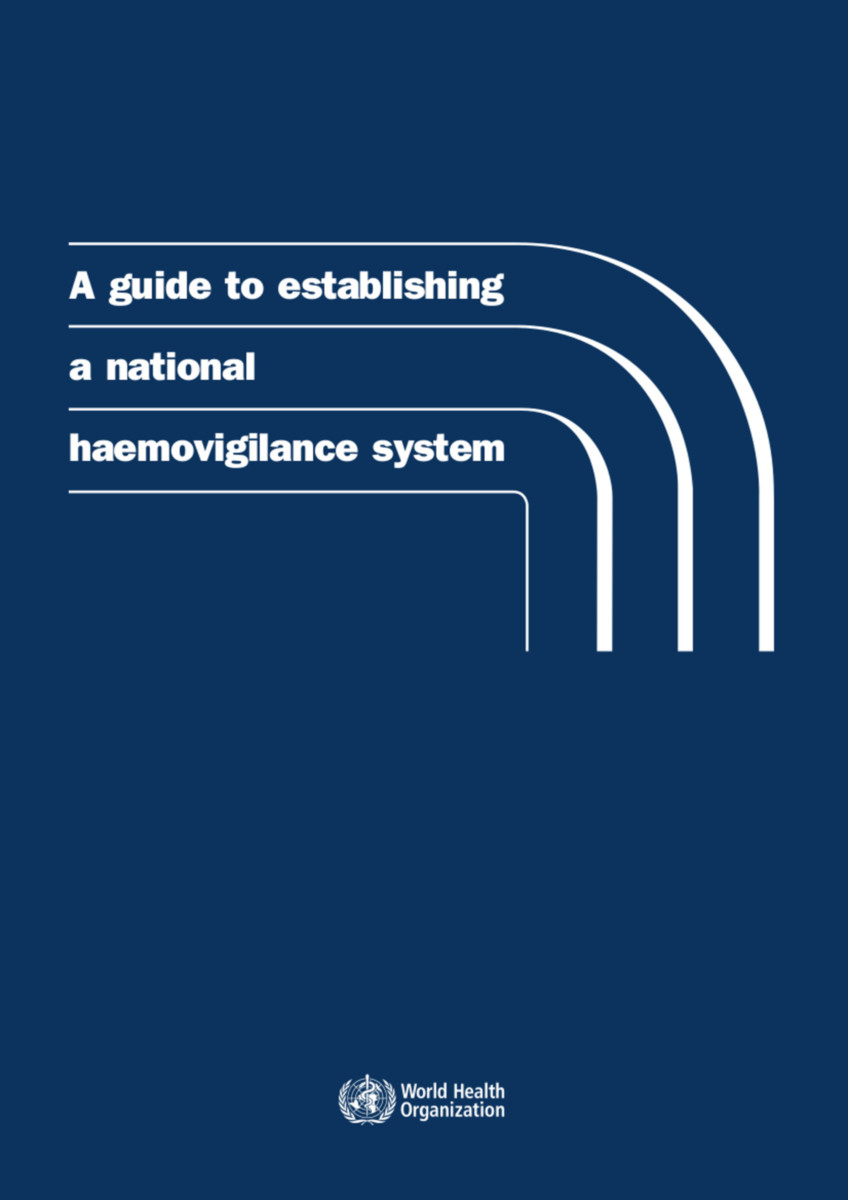A Guide to Establishing a National Haemovigilance System
- Publisher
World Health Organization - Published
28th July 2017 - ISBN 9789241549844
- Language English
- Pages 44 pp.
- Size 8.25" x 11.75"
Haemovigilance includes the monitoring, reporting, investigation, and analysis of adverse events related to the donation, processing, and transfusion of blood and taking actions to prevent their occurrence or recurrence. The document aims to support countries in establishing effective national systems for haemovigilance throughout the transfusion chain. It provides policy guidance on establishing a haemovigilance system as part of the national blood and health systems and includes technical information and guidance on the specific measures and actions necessary for implementing a haemovigilance system.
This document is intended for ministries of health; bodies responsible for policy-making on blood safety, such as national blood commissions or councils; regulatory agencies; public health institutions; blood transfusion services, blood centers, and plasma collection centers; hospitals, including hospital blood banks or health care facilities where transfusion takes place; blood donor organizations and other nongovernmental organizations involved in blood donor education and recruitment; patient groups; scientific and professional bodies; and developmental partners and international organizations.
World Health Organization
World Health Organization is a Specialized Agency of the United Nations, charged to act as the world's directing and coordinating authority on questions of human health. It is responsible for providing leadership on global health matters, shaping the health research agenda, setting norms and standards, articulating evidence-based policy options, providing technical support to countries, and monitoring and assessing health trends.


